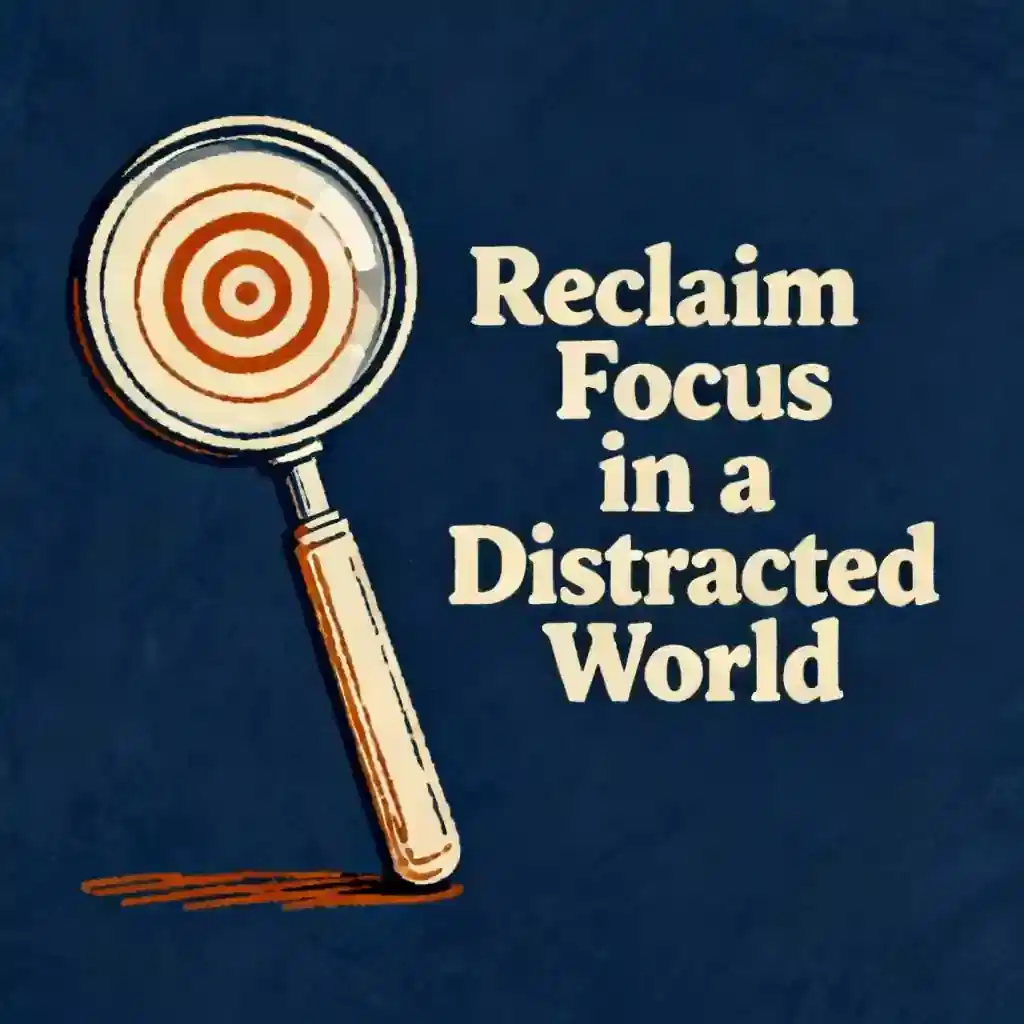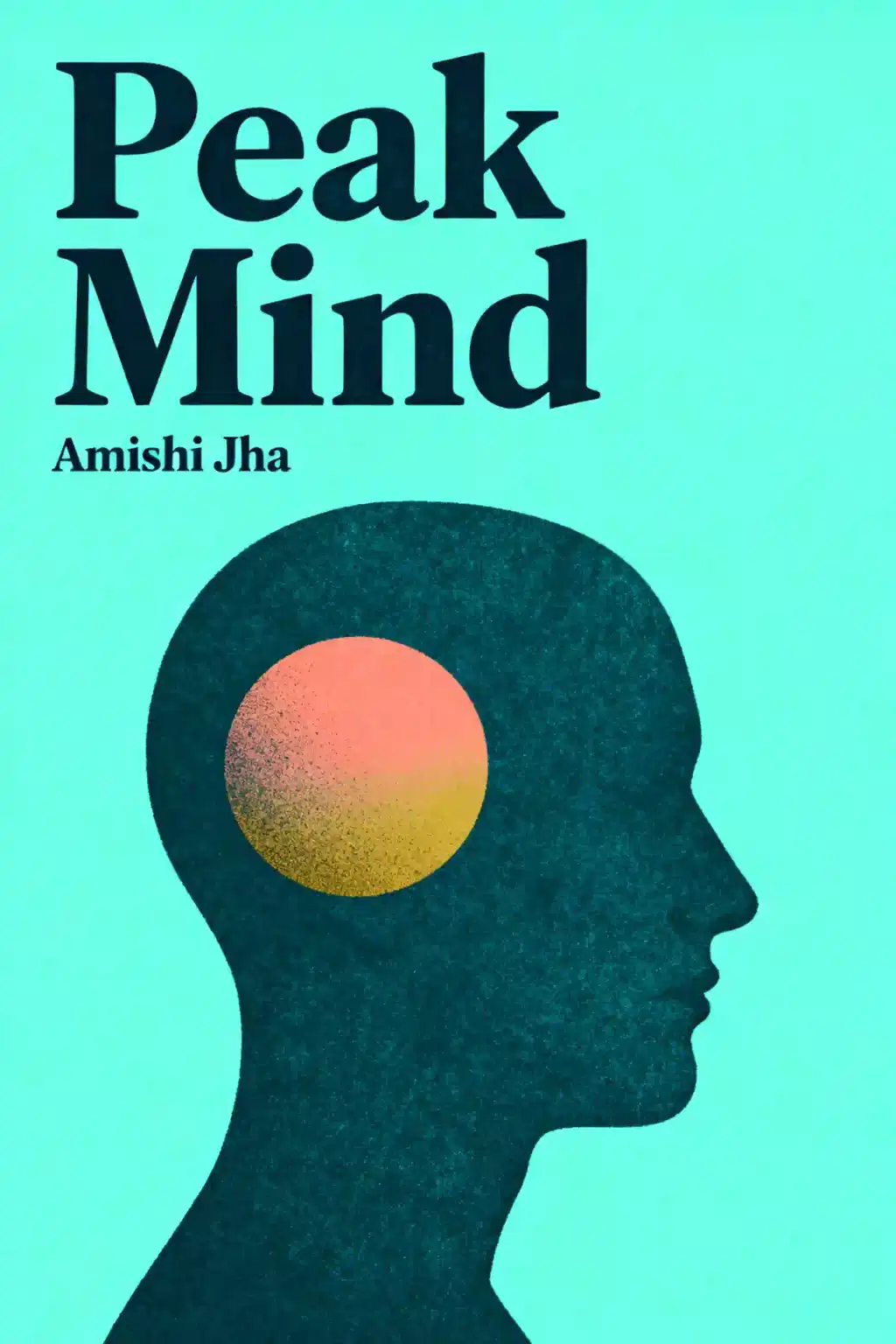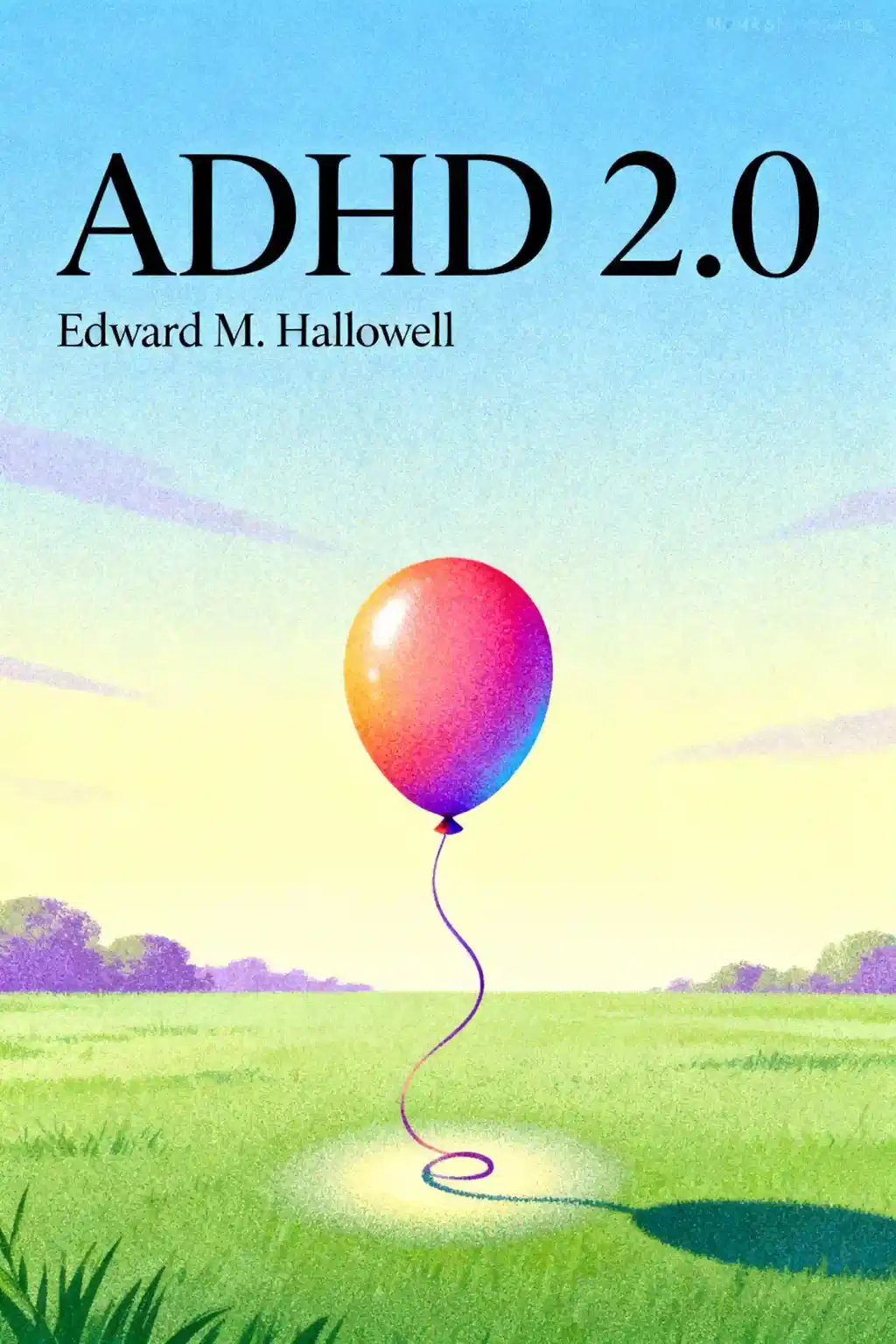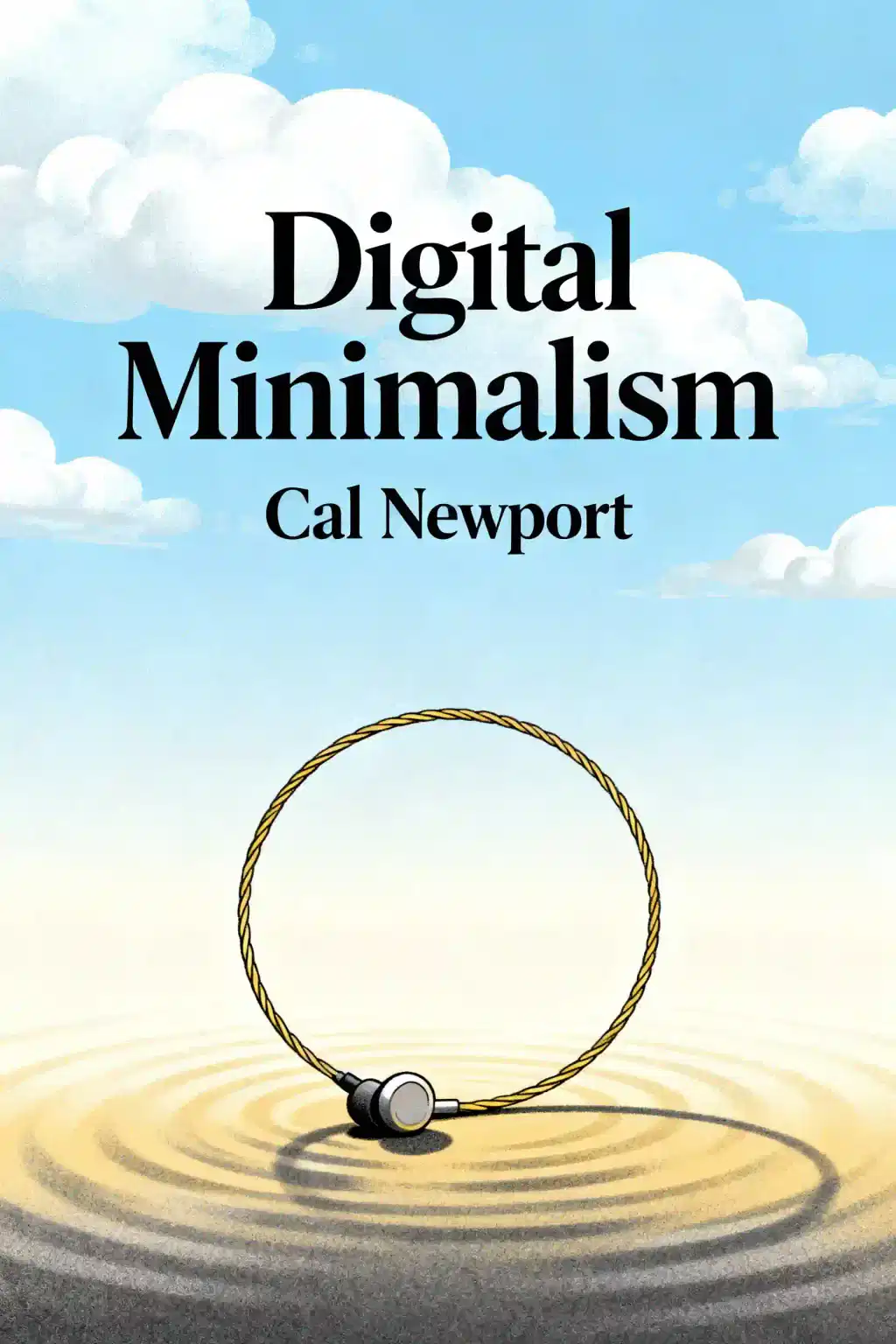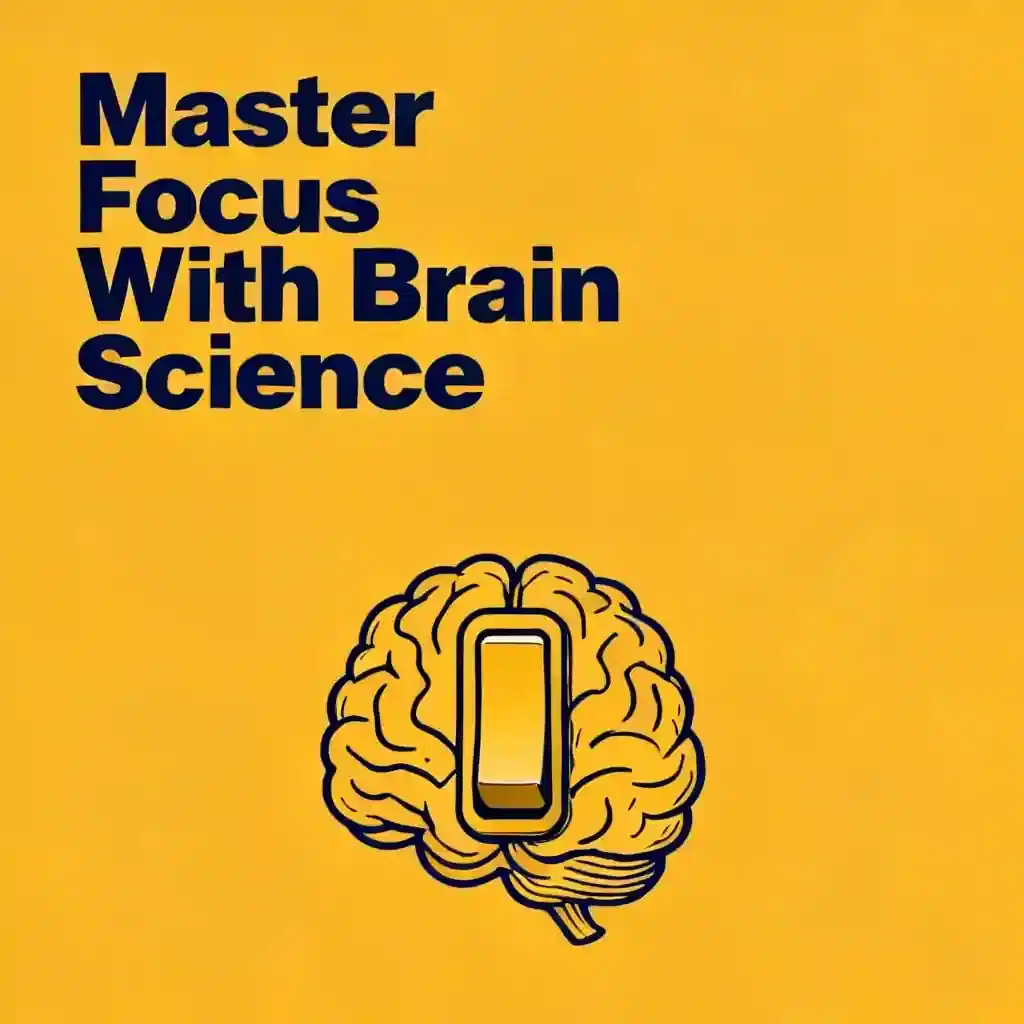What is
Attention Span by Gloria Mark about?
Attention Span by Gloria Mark challenges the myth of sustained focus, arguing that multitasking and shifting attention types—like focused, rote, or relaxed states—are natural and beneficial. Drawing on decades of research, Mark explains how kinetic attention (strategic switching between modes) boosts productivity while preventing burnout in our distraction-filled world.
Who should read
Attention Span by Gloria Mark?
This book is ideal for professionals, educators, and anyone struggling with digital distractions. It offers evidence-based strategies for optimizing attention cycles, making it valuable for remote workers, students, or individuals seeking to balance productivity with mental well-being in tech-driven environments.
Is
Attention Span by Gloria Mark worth reading?
Yes—it provides a science-backed alternative to traditional productivity advice. Mark’s insights on kinetic attention and practical tips for managing interruptions make it a fresh take on thriving in the digital age. However, some readers critique its structure as disorganized.
What is kinetic attention in
Attention Span?
Kinetic attention refers to intentionally shifting between four attention states: focused (deep work), rote (automatic tasks), frustrated (task-switching), and bored (mental rest). Mark argues this dynamic balance enhances creativity and reduces cognitive fatigue compared to forced concentration.
What are the main ideas in
Attention Span?
Key ideas include:
- Attention spans naturally fluctuate (avg. 47 seconds per screen).
- Distractions aren’t inherently harmful if managed strategically.
- “Flow states” are overrated; kinetic attention is more sustainable.
- Digital tools fragment focus but can be optimized with mindfulness.
How does
Attention Span suggest improving focus?
Mark recommends:
- Scheduling tasks around natural attention cycles (e.g., complex work post-break).
- Using mindfulness to notice distraction triggers.
- Embracing “boredom breaks” to reset mental energy.
- Grouping interruptions instead of addressing them immediately.
What critiques exist about
Attention Span?
Some readers find the book’s structure disjointed, blending research with anecdotal advice. Others argue it downplays systemic workplace factors causing distraction. A minority feel the tips are too similar to existing productivity guides.
How does
Attention Span compare to
Deep Work by Cal Newport?
While Deep Work prioritizes uninterrupted focus, Attention Span argues for flexible attention cycling. Mark critiques Newport’s approach as unrealistic for most modern roles, advocating instead for adaptive strategies that acknowledge inevitable distractions.
What quotes are notable in
Attention Span?
- “Productivity isn’t about relentless focus—it’s about rhythmic attention.”
- “Distractions are the price we pay for a connected world; kinetic attention is the solution.”
These emphasize embracing—not fighting—the brain’s natural rhythms.
How does Gloria Mark’s research background influence
Attention Span?
As a UC Irvine informatics professor, Mark grounds her arguments in 20+ years of empirical studies—tracking screen habits, stress levels, and productivity metrics. This distinguishes it from anecdotal self-help books, offering data-driven frameworks for attention management.
Why is
Attention Span relevant in 2025?
With AI tools and hybrid work increasing distraction potential, Mark’s kinetic attention framework helps navigate constant notifications. Her emphasis on balancing focus with restorative breaks aligns with rising interest in sustainable productivity over hustle culture.
What books complement
Attention Span?
Pair with:
- Digital Minimalism (Newport) for tech hygiene.
- Stolen Focus (Hari) on societal drivers of distraction.
- Peak Mind (Amishi Jha) for neuroscience insights.







